The 2nd Biomedical Innovation Workshop 2012 Report
Jul. 25, 2012
日本語ページへ
The 2nd Biomedical Innovation Workshop 2012 Program
Biomedical Innovation Workshop 2012
Toward the Realization of Biomedical Innovation in Medical Devices
- Premise and Vision -
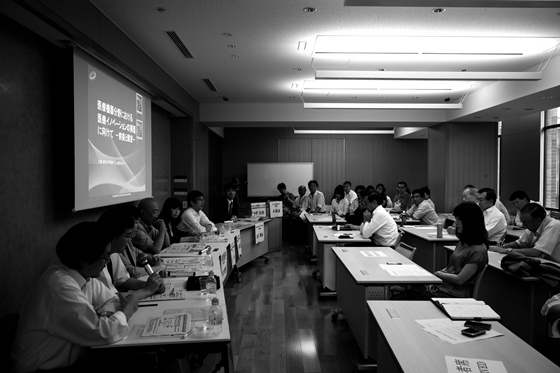
Photo: Ryoma K
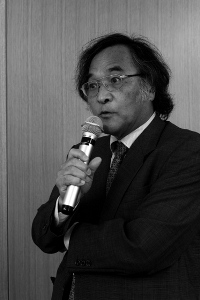
Opening Remarks
Prof. Ryozo Hayashi
Visiting Professor, Graduate School of Public Policy, the University of Tokyo
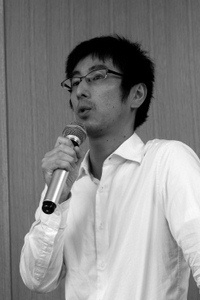
Pre-Session
Mr. Shohei Nakano
Principal Researcher, Medical Device Strategy Institute in the Japan Association for the Advancement of Medical Equipment
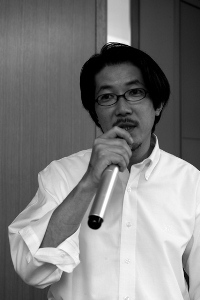
Panelists
Dr. Takeo Asano
Special Assistant to Director-General, Division for Promoting Biomedical Innovation at the Cabinet Secretariat
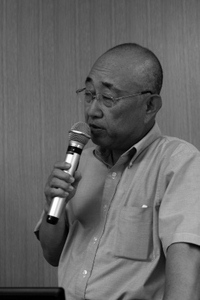
Mr. Takeo Katakura
Project Researcher, Division of Biological Chemistry and Biologicals (super special district), National Institute of Health Sciences
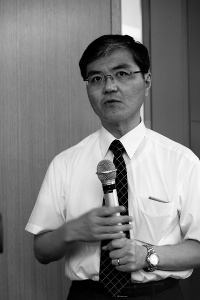
Prof. Dr., Ichiro Sakuma
Professor, Graduate School of of Engineering,the University of Tokyo/Vice Director for Center of Medical Device Review, Pharmaceuticals and Medical Devices Agency (PMDA)
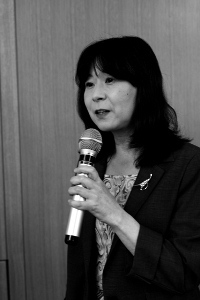
Ms. Mariko Mimura
Director and General Counsel for Novartis (lawyer)
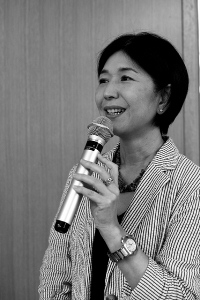
M.D. Ph D. Haruko Yamamoto
Director of the Division of Advanced Medicine and Promoting Clinical Trials, the National Cerebral and Cardiovascular Center
Photo: Ryoma K
Moderator
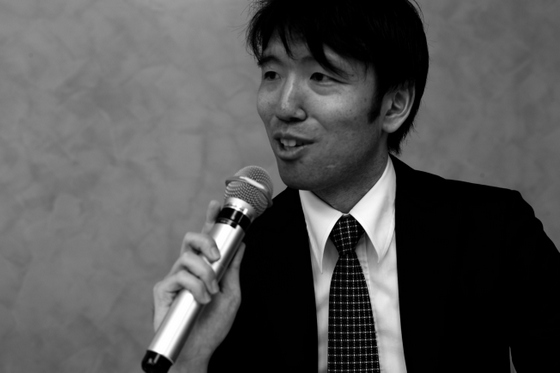
Chiaki Sato
Project Assistant Prof, Ph D., UTokyo Policy Alternatives Research Institute (PARI), the University of Tokyo
On July 25, 2012, the workshop: Toward the Realization of Biomedical Innovation in Medical Devices - Premise and Vision - was held at the Seminar Room (3rd floor), Ito International Research Center, the University of Tokyo.
The goal of this workshop was to find a regulatory basis for promoting biomedical innovation in medical devices. Especially, we discussed (1) specific features of medical devices compared with other medical products including pharmaceuticals, (2) possible methods and processes to expedite the introduction of new or improved devices, (3) possible methods that would enhance the effective use of medical devices, and training issues.
In his opening remarks, Visiting Professor Ryozo Hayashi of the Graduate School of Public Policy, the University of Tokyo, spoke of noticeable recent progress in the promotion of innovation related to medical devices. He concluded by expressing his great hopes for further discussions on the introduction of a new regulatory framework that would meet the needs of new medical device technologies.
The opening remarks were followed by a pre-session and then a panel discussion. In the former, Mr. Shohei Nakano, Principal Researcher at the Medical Device Strategy Institute of the Japan Association for the Advancement of Medical Equipment, gave us an informative presentation about medical device regulations. He focused on effective design in clinical trials as a key component when we come to consider medical device regulation.. He predicted greater uncertainty among the regulatory agencies over more advanced, more complicated, medical devices, and that we would need to fill the gap by academic research, including well-designed clinical trials where appropriate, if we are to see “smarter regulations” in the medical device field. With his last slide, he asked us fundamental questions: (1) Does the term "effectiveness" under the Pharmaceutical Affairs Act include the effects of physicians' procedures? (2) How may we predict adverse events after marketing through effective analysis of pre-marketing clinical trials? (3) Do we need more transparency in risk/benefit analysis? (4) Who should be the beneficiaries of medical device regulations: administrative agencies, industries, medical practitioners, or patients?
In the panel discussion, we considered the combined insights of prominent experts, ranging from physicians, engineers and, administrators to lawyers, about possible new regulatory schemes for medical devices. One major focus of our attention was the Cooper Committee Report, published in 1970, which was explained by Dr. Haruko Yamamoto, MD. Here, one of the most important issues was calculation of risk/benefit in the use of medical devices. How we deal with the effects of medical procedures using medical devices is the key to how we may establish new methodologies sensitive to the specific features of new medical devices. Compared with pharmaceuticals, medical devices can incorporate safety features into their design and performance, including into the design of component parts. Such design can be changed rapidly when additional information is obtained from experience in clinical settings. As to effectiveness, various probable benefits can be calculated even if clinical trials do not evince clear evidence. Professor, Dr. Ichiro Sakuma clearly explained the kind of problems we face with benefit/effectiveness issues by taking an example from surgical navigation systems. The intended use of a medical device must be taken into account when calculating both risk and benefit. At the same time, a reasonable effort must be made to reduce regulatory uncertainty, where appropriate by conducting clinical trials. On the question of clinically based evidence, Mr. Takeo Katakura adverted to insufficiencies in the testing of animals when medical devices are used.
Learning curves are another important element when we consider medical device regulation. Unless appropriately approved new devices are available to them, physicians cannot learn their safe and effective usage. Consequently, training systems, with support from manufacturers, are needed at the time of device approval, concurrently with incentive mechanisms for setting up such systems. Guidance on possible conflict of interest between manufacturers and physicians/hospitals might be needed as well. In this context, Ms. Mariko Mimura talked about training and supply issues, based on her experiences.
In conclusion, we discussed a possible new regulatory framework and the possible ramifications of such a reform. We need to think seriously about what minimum safety and effectiveness is required to keep within the regulatory boundaries of the Pharmaceutical Affairs Act. The Act does not target medical procedures at all but only goods, so how should we deal with medical devices, which inevitably accomplish safety and effectiveness only through the technical skills of physicians? This then is the heart of the problem: finding a proper balance between pre-marketing and post marketing reviews, and between regulation and training issues. We must also bear in mind that introducing such a new framework for medical devices will not be the end of the matter but the beginning. Realizing effective biomedical innovation will face other hurdles, such as the need for more R&D to enhance state of the art medical technologies, the need for an evidence-based approach to the proper use of medical devices and the need for incentives in biomedical innovation. Last, but not least, more discussions should be held among stakeholders, among physicians and patients no less than among industries and regulators, for improved public health and economic growth via the promotion of biomedical innovation. Dr. Takeo Asano from the Division for the Promotion of Biomedical Innovation at the Cabinet Secretariat mentioned the importance of creating incentives if we are to realize the potentialities of biomedical innovation.


